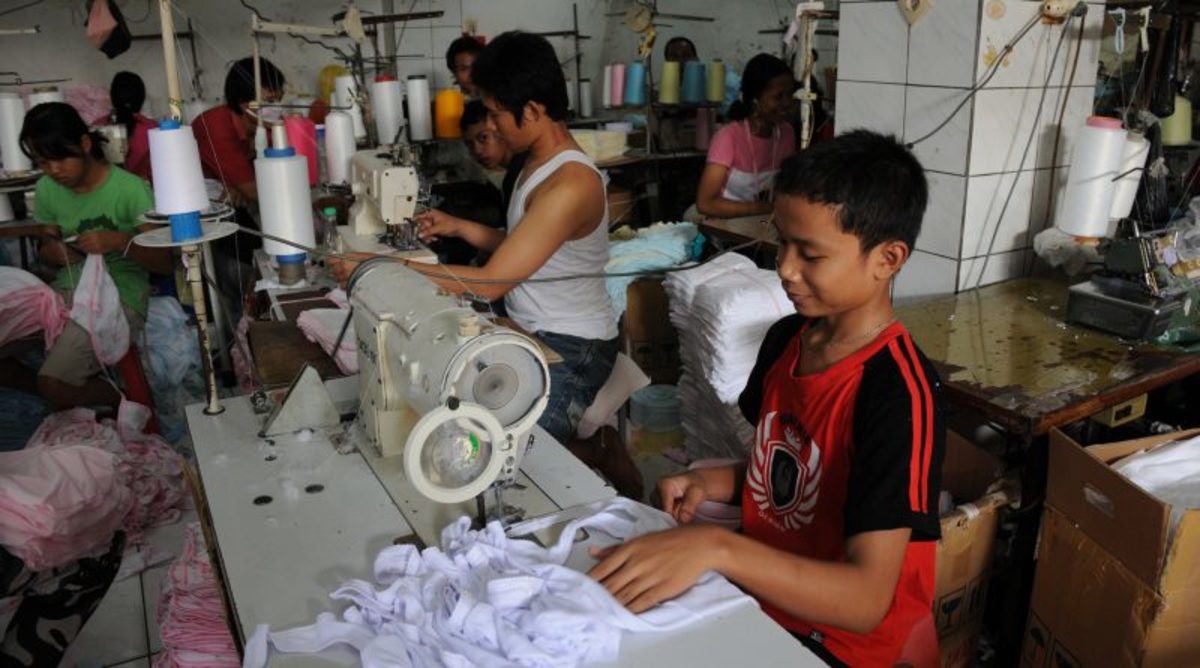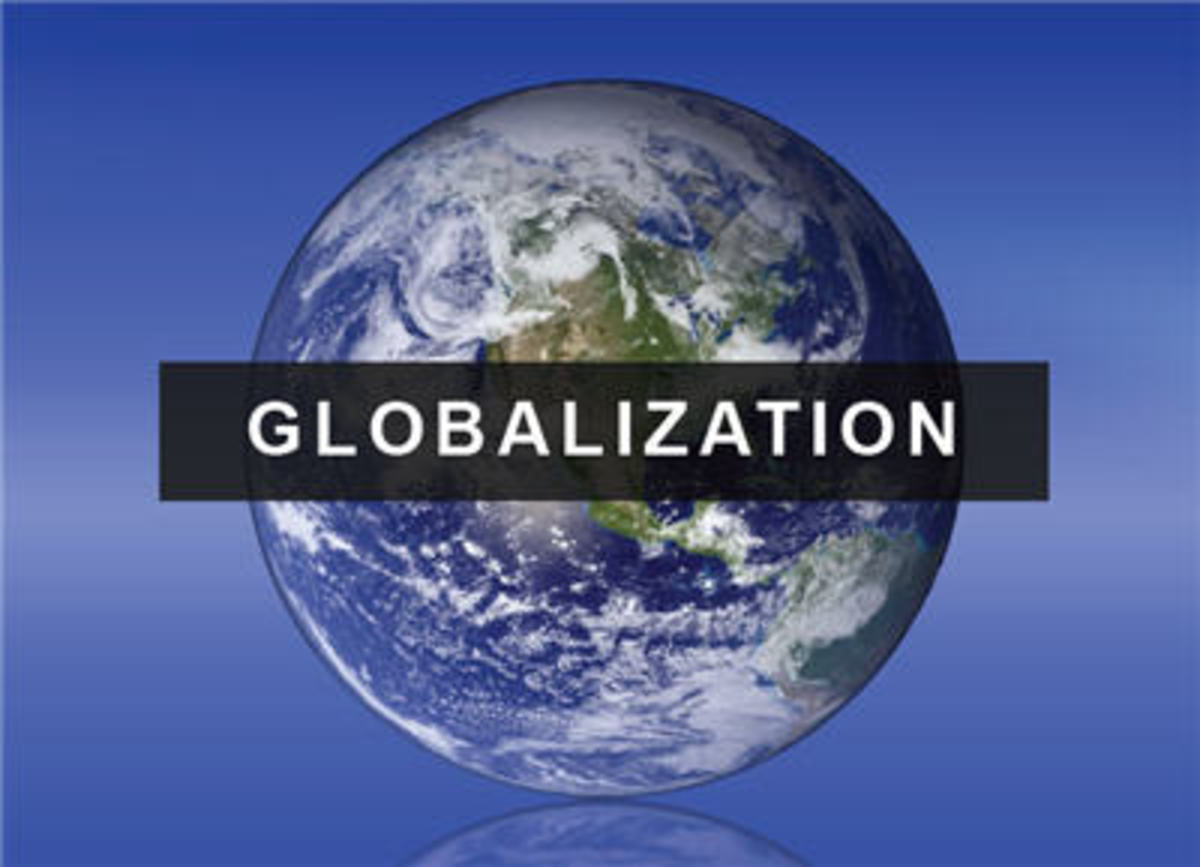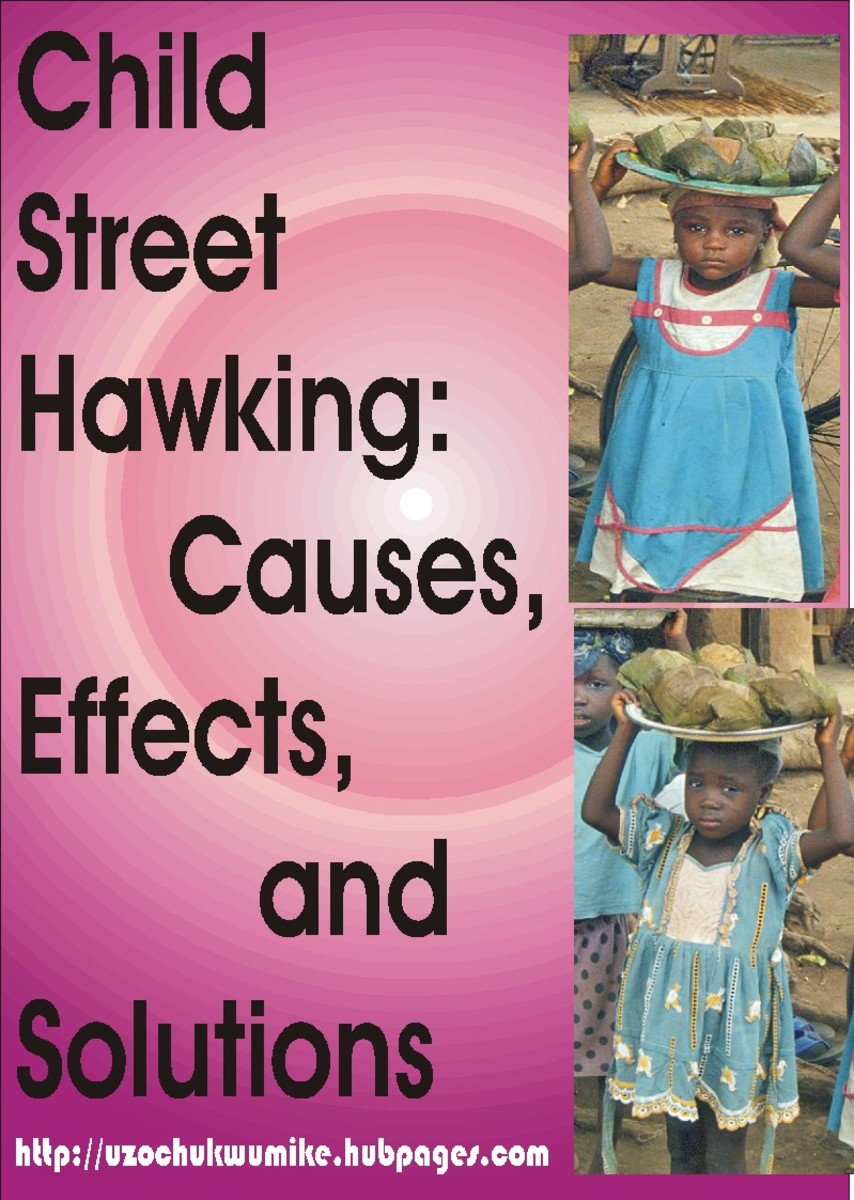Nepal
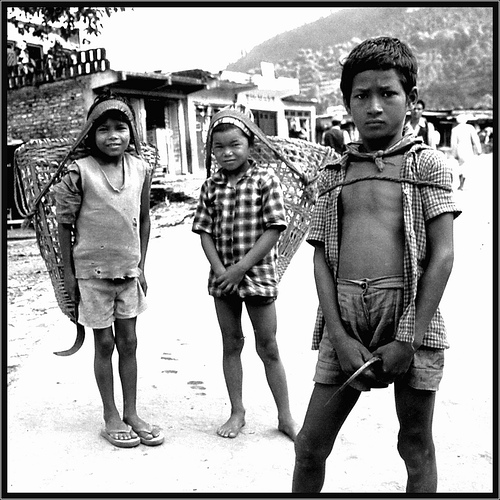
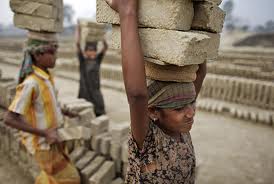
Nepal-Child labor
Nepal is one of the poorest countries in the world having total population of 26494504 which is made of heterogeneous caste/ethnic group as in do-Aryan lie the Brahmins and Chettries and as Tibetan Barman lie the Rai, Limbu, Gurung, Newar etc. Geographically Nepal is divided into three regions: mountain, Hilly and Terai. The lack of employment opportunities, geographic set-up and many other hindrances are responsible for Nepal underdevelopment (Kc. ET.AL. 1997) presently not only Nepal, but also entire world is suffering from various social problems. Which has created a critical condition threatening entire society? Among them one of the serious social problems is child labor. Because of poverty, insufficient and unbalanced economic growth and lack of structural adjustment polices, child labor exists in Nepal.
Children are source of inspiration and hope for society. Therefore, they should get a good opportunity to develop their physical and mental condition. Childhood is the best period for such development. They need proper education and guidance in their child hood because at this age they can be compared with the clay. This can be given any shape as we like. In developing countries like Nepal, large parts of children are deprived of their rights of education and fundamental rights of child hood. They are working and living in most Hazardous dangerous conditions. The major reasons are poor economics as well as lack of awareness of their within and outside their house hold for livelihood. Which cause them to fall into misery for whole life.
In Nepal, near by 40% of the total population are children aged below 16 years. According to children Act and labor Act of Nepal 2048, the group under the age of 16 years is considered as children, because below the age of 14 children are strictly prohibited to work as labor. The children aged between 14-16 years can work only for limited working hours.
According to I LO-IPEC 9 Child labor situation in Nepal 1996) of all children aged 5-14
- 41.7% regularly work.
- 36.7% work and go to school
- 15% do nothing
- 15% does not-economic work. Such as house hold chores?
- Of all working children nearly 55% are girls
Setters (1993) in the context of Nepal, most of the children are aware of their employment contrast especially when they have been employed by brokers. Brokers often cheat the parents as well as the child, keeping for themselves the bulk of the children earning many children work just for food and shelter and find the idea of payments in cash absurd.
Child labor has been recognized as a way of life in our society. Poverty, star ration and deprivation are obvious key factors that have children in the exploitative labor market child labor is a matter of shame for any society that is boastful of social justice. It is not a new phenomenon in Nepal as well as in the world. It has existed since people started too worked for others in different type of human society. The problem was further identified in the past when prevalent labor was inadequate during industrial revaluation. In those days, a large number of women and children used to be hired for worked in the undesirable environment of the factory.
In the present context, children are seeking job in different sectors to provide income for the family. Their contribute cannot be avoided. But most of the children, who are deprived of their fundamental rights to survive and protect, are abused and exploited in daily life is the main focused rights to survive and protect, are abused and exploited in daily life is the main focused point poverty the ignorance of parents, family break down and violation of children’s rights have been multiplying the degree of child labor exploitation in Nepal with every passing day. Children are compelled to involve in different sectors, sectors like factory/industry lines and shopkeeper services., hotels and restaurant from such kind of involvement not only they have been deprived of necessities but also suffering from abuse, exploitation, neglects humiliations and diseases as well as they are missing their entire childhood.
The 1994 universal declaration of Human right sates: The child needs special guard and care including appropriate legal protection, opportunities and facility to develop them in normal and healthy manner and in the condition of freedom and dignity.
STATEMENT OF THE PROBLEM
Today’s children are the future of the nations. If they are facilitated with required food, care, love education etc. They can grow in proper way there contributing to the nation’s development. If the country cannot hope of creative centrifugal from them. When a child hood and his/her physical and mental development cannot take place properly. These problems even may lead them to run forward the criminal activities. Therefore, if we are trying creating a happy society them the first task we have to do is to create favorable environment for a child to grow.
Labor system in the various. Sectors involve many complexities and are very exploration towards the labor. Child labor is a bitter reality, which has emerged as a major problem in most often developing countries whose standard of families is being deteriorating due to the rapid population growth, economic stagnation, natural disasters and cope with financial pressur3 more an more children are pushed into labor. Markets, according to and estimation made by ILK and UNICEF, out of 250 million totals in the world, south Asia habit ed for the half of the child labor in this region is extremely in human. In addition, intolerable (UNI CF 1996(and more children are pushed into labor market.
IN Nepal, child labor is major problem due to poverty unemployment and lack of education. Poverty causes people to force migrant from moral areas towards the urban areas as in search of Job. It is neural trend to migrate youth as well as children form moral to urban areas in search of job. Nepal is agricultural country but most of the people have very little land to do not have any land. They are unable to fulfill basic needs of the family, so the children have to work support their family by leaving home to work some where another factor of the child labor is family violence. Therefore, migration of children from rural to urban areas is increasing day by day to solve their hand to mouth problem. In addition a large number of these working children are giving under miserable condition.
Children have been seen involved indifferent sectors. Child labor is not only individual problem but it is a global problem. In different sectors, they are compelled by their employer to do any kind of work even inmost several conditions. INS spit of the, they do not get appropriate wages for their hard work. Poverty is one of the fundamental reasons of the entry into child labor is family violence, so they ran away from their home to market and become hotel workers because they have no other alternative and they send their childhood for their livelihood.
Child labor as hotel workers is one of the most exploitative and risky forms of child labors children are doing the overtime job, which is affection the health attitude and socialization. They do not get the opportunity to develop their potentiality and future ultimately the development of the potential citizen being is blocked.


